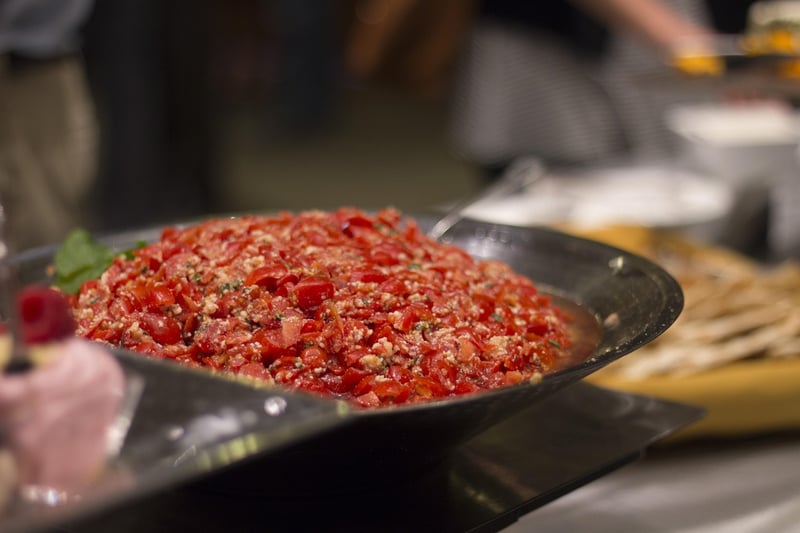Salsa
Expressive Movement Forms: Salsa
Salsa dancing is not just a dance; it's a form of expression that combines passion, rhythm, and connection. Originating in the Caribbean, specifically in Cuba and Puerto Rico, salsa has evolved into a popular social dance around the world. Let's explore how salsa embodies the essence of expressive movement forms.
The Rhythm of Salsa
At the core of salsa dancing is its infectious rhythm. The music, typically characterized by lively percussion and catchy melodies, sets the pace for dancers to move their bodies in sync with the beat. Salsa music's fast tempo and dynamic changes allow for a range of movements, from quick footwork to graceful spins.

Passion and Emotion
What sets salsa apart from other dance forms is the emphasis on passion and emotion. Salsa dancers use their entire bodies to convey feelings of love, joy, and sometimes even heartbreak. The close connection between partners creates a sense of intimacy that is reflected in their movements.

Connection and Communication
Salsa is a partner dance that thrives on connection and communication. Through subtle cues, such as hand signals and body language, partners guide each other through intricate patterns and sequences. The ability to lead and follow seamlessly is key to a successful salsa dance.

Conclusion
Salsa is more than just a series of steps; it's a form of expressive movement that allows individuals to connect with music, emotions, and each other. Whether you're a seasoned dancer or a beginner, salsa offers a vibrant and dynamic platform for self-expression and creativity.
So next time you hit the dance floor, let the rhythms of salsa guide your movements and express yourself through this captivating art form.
